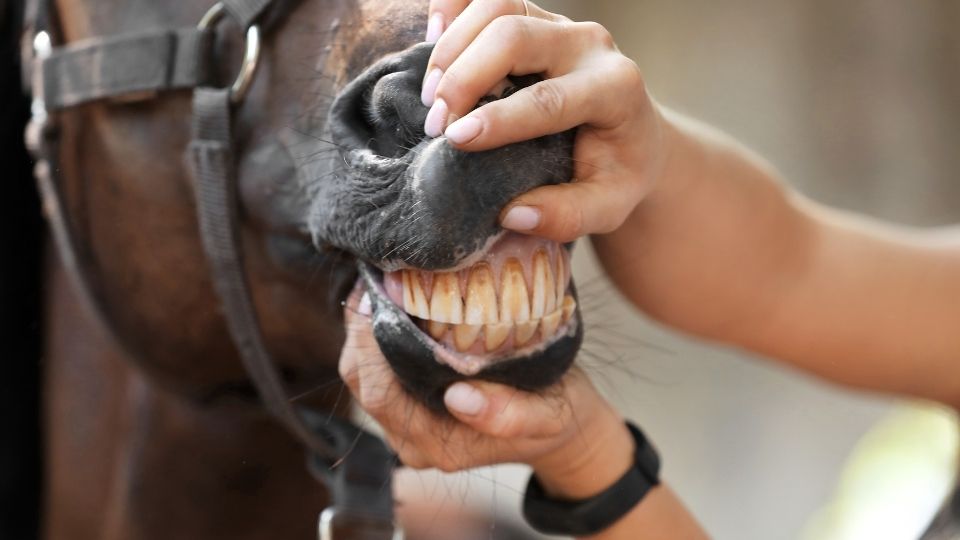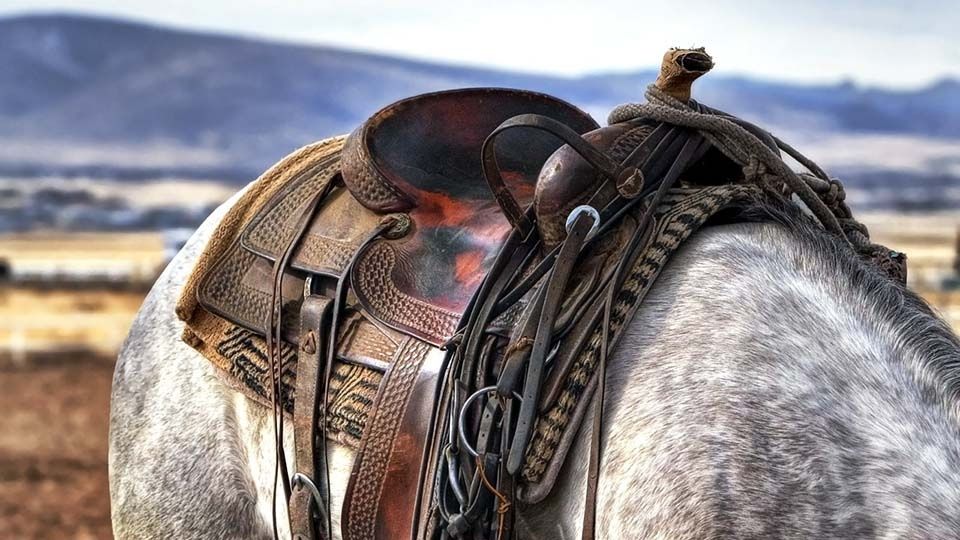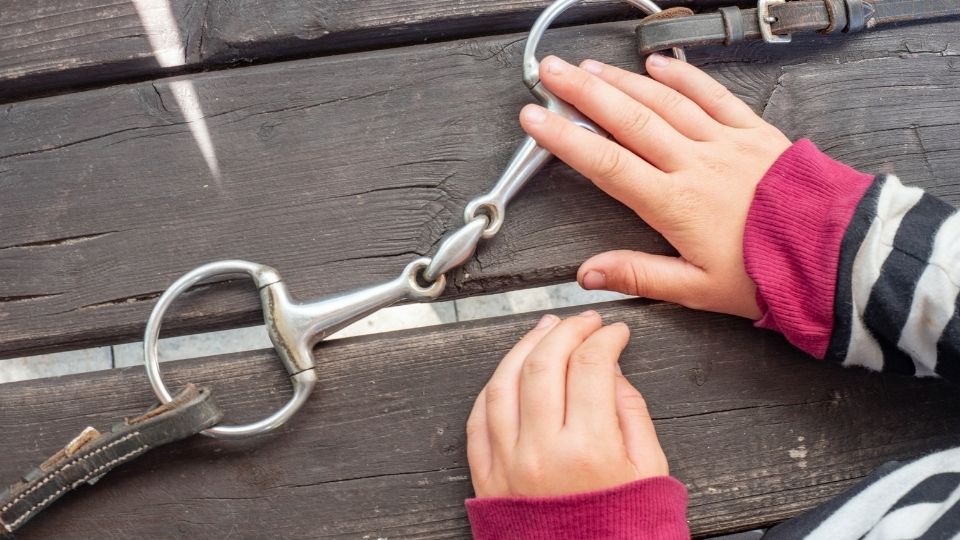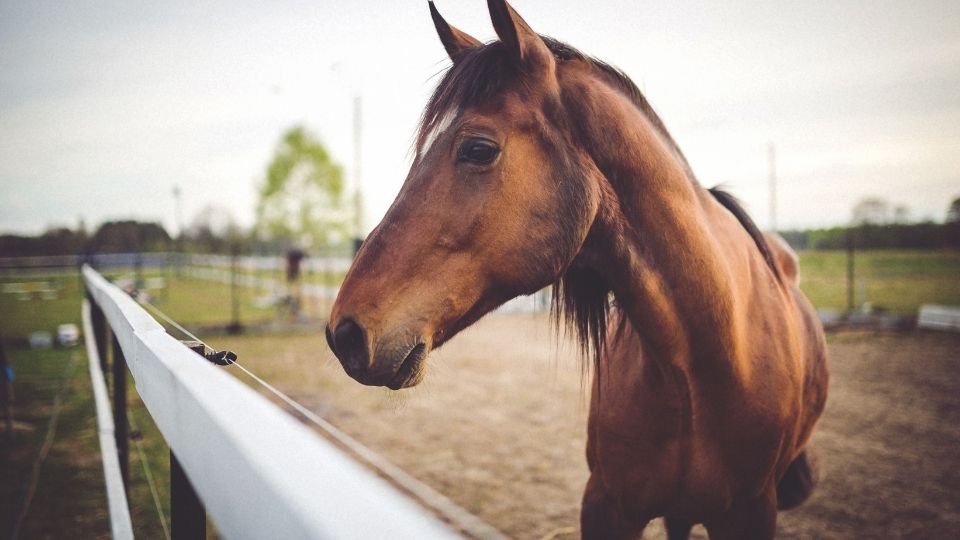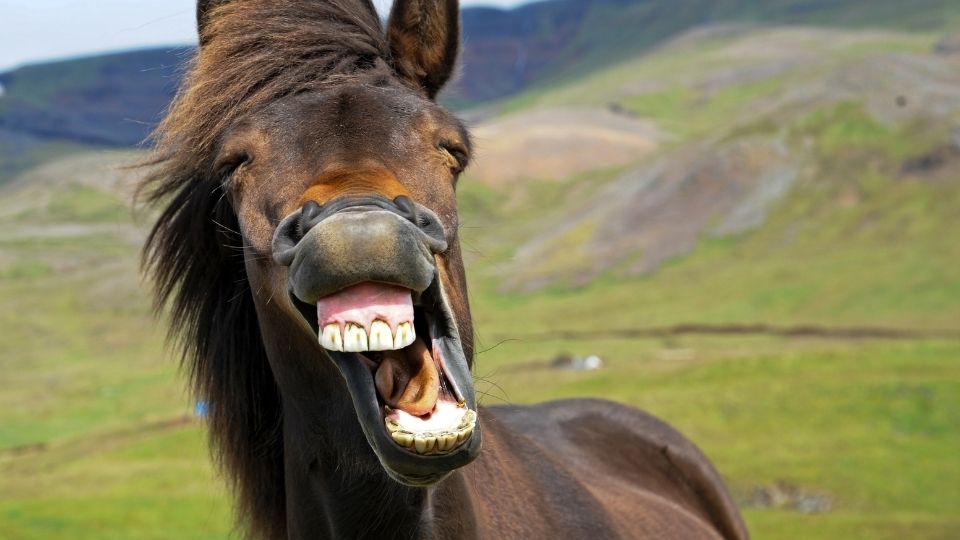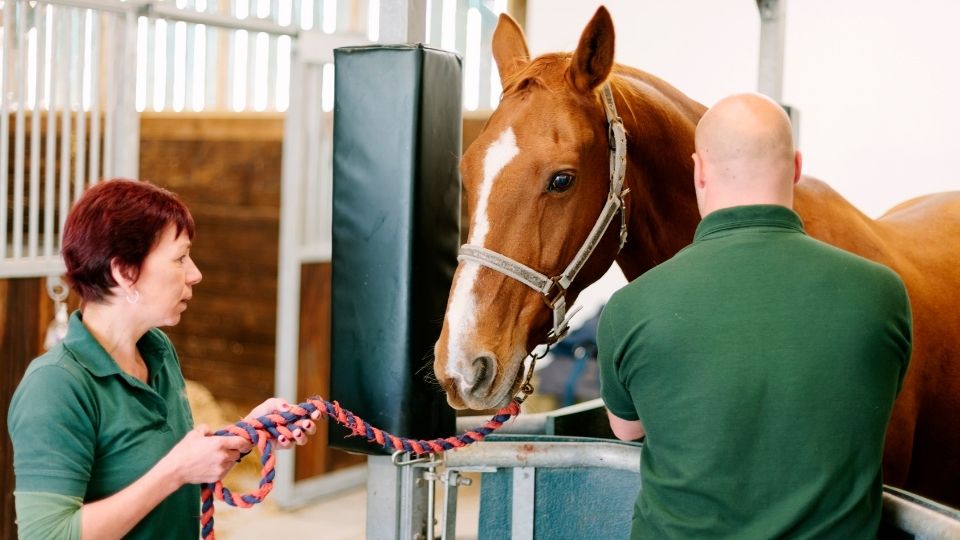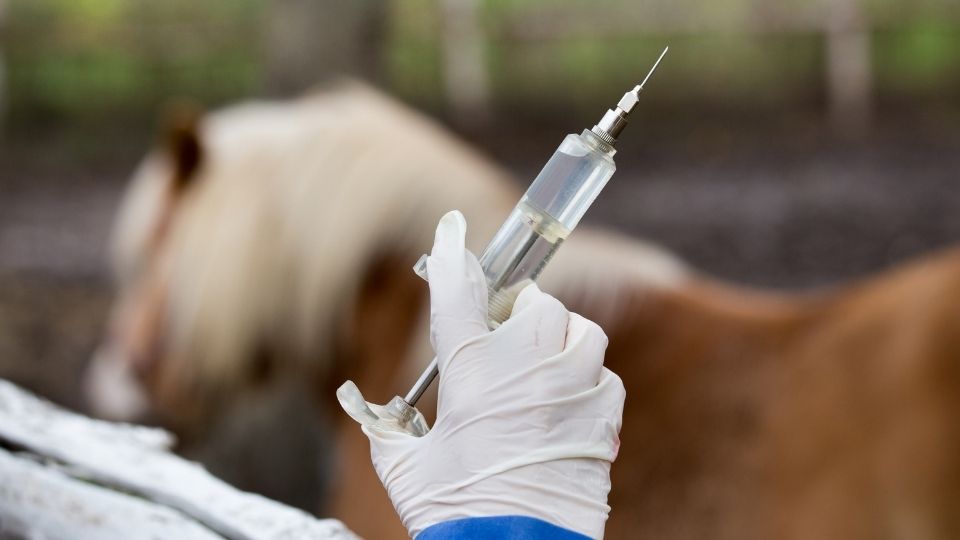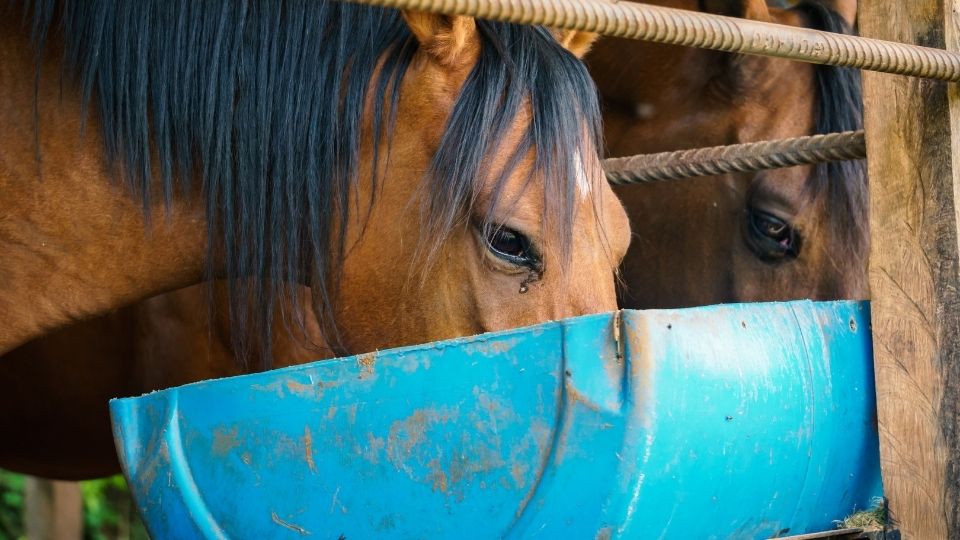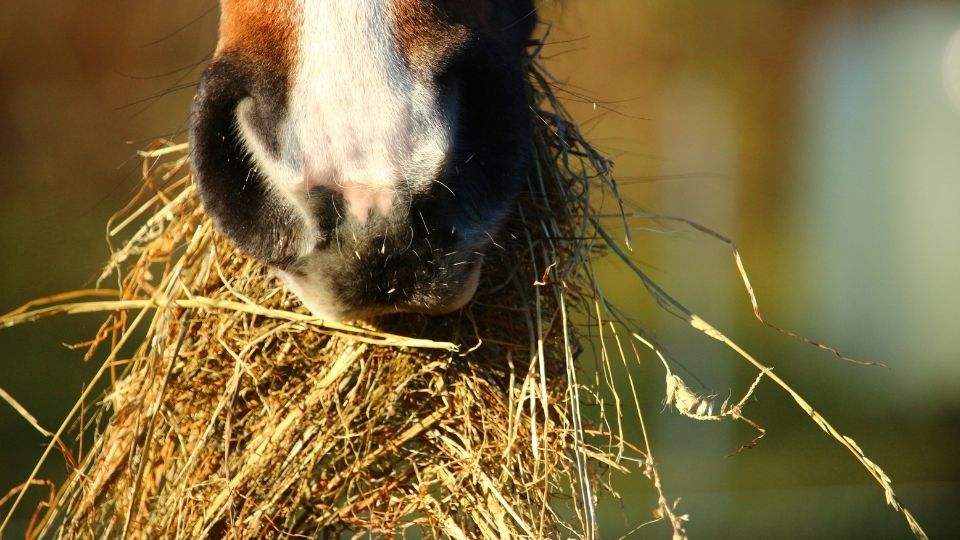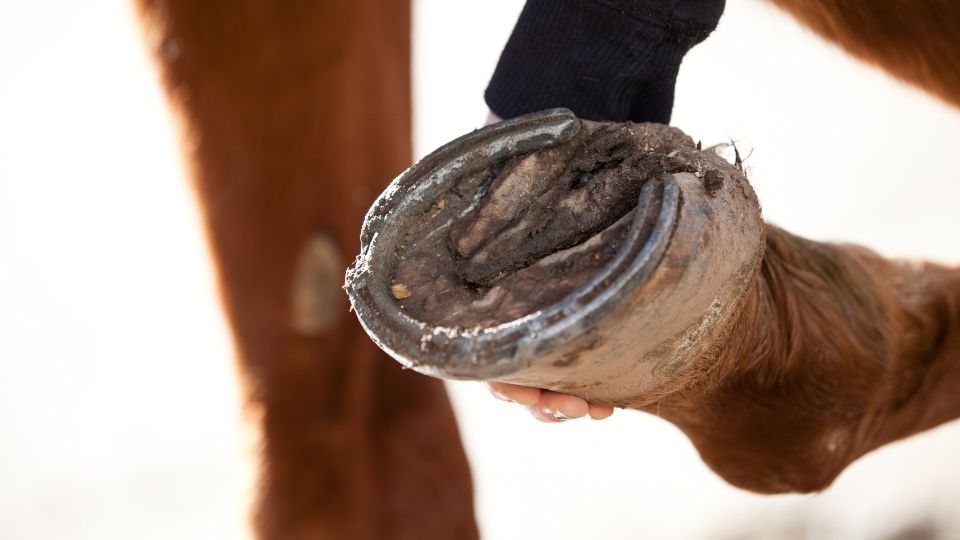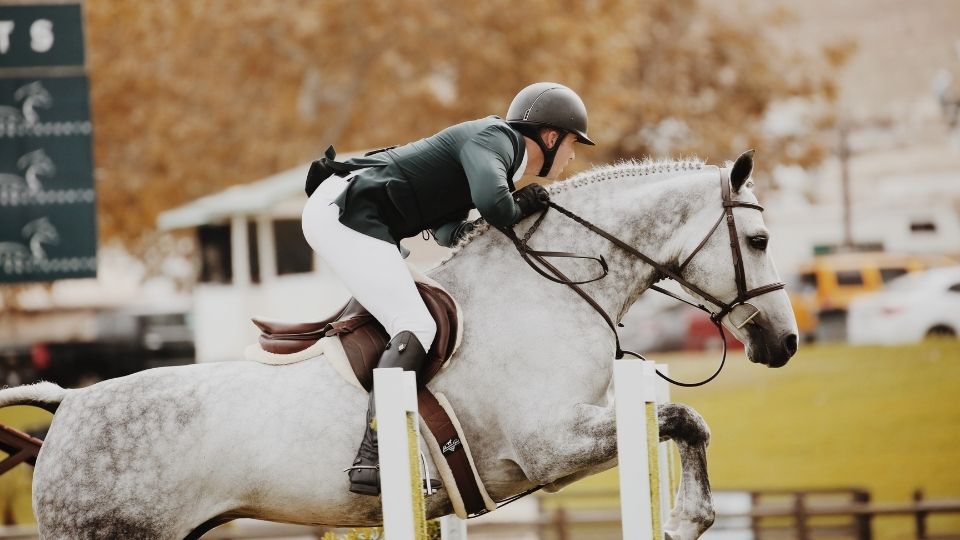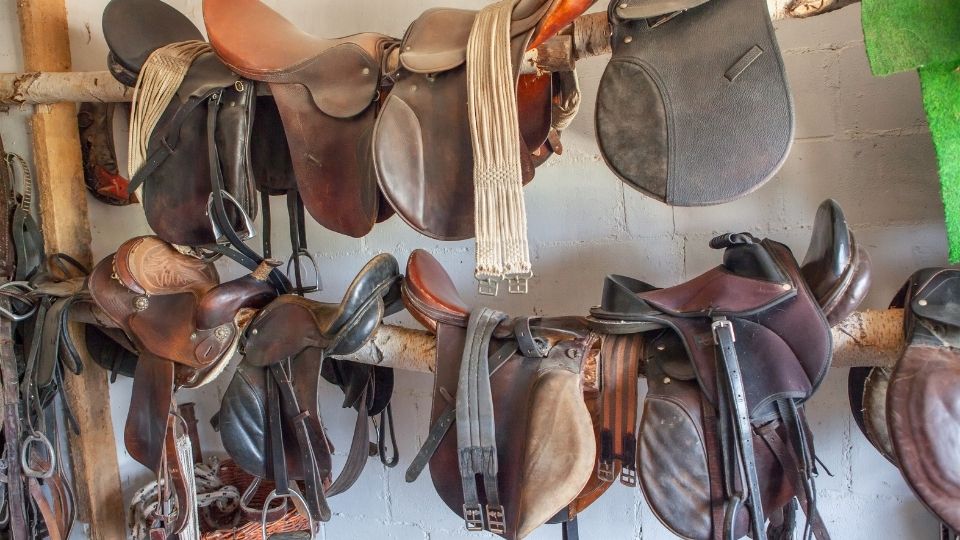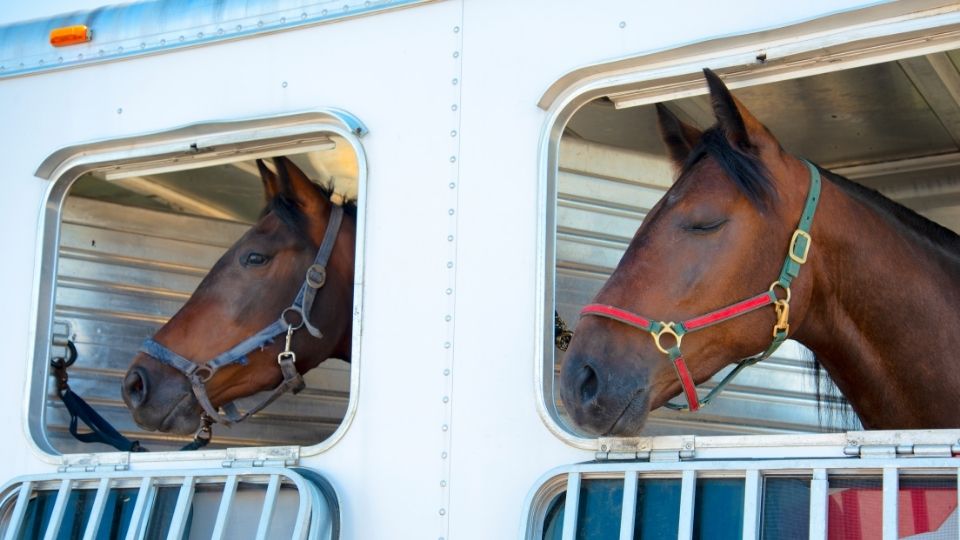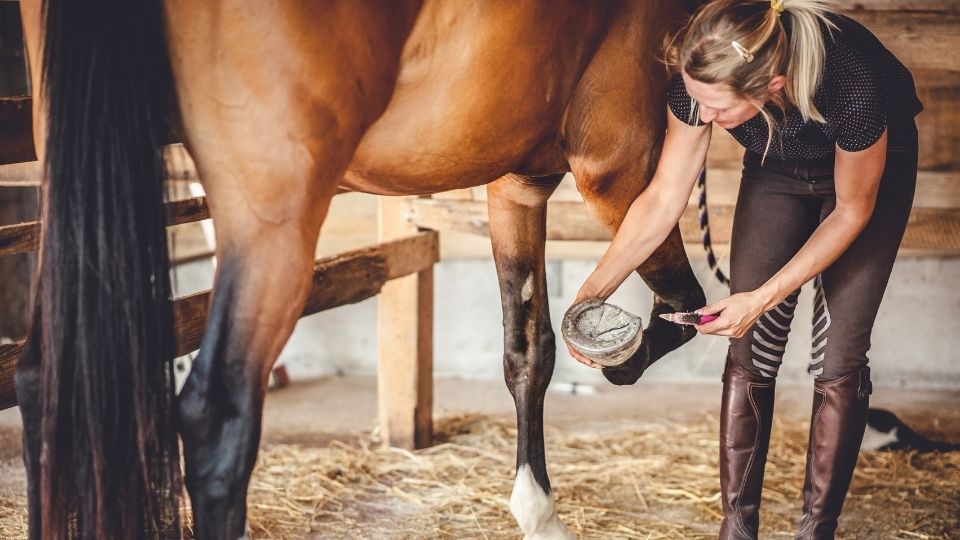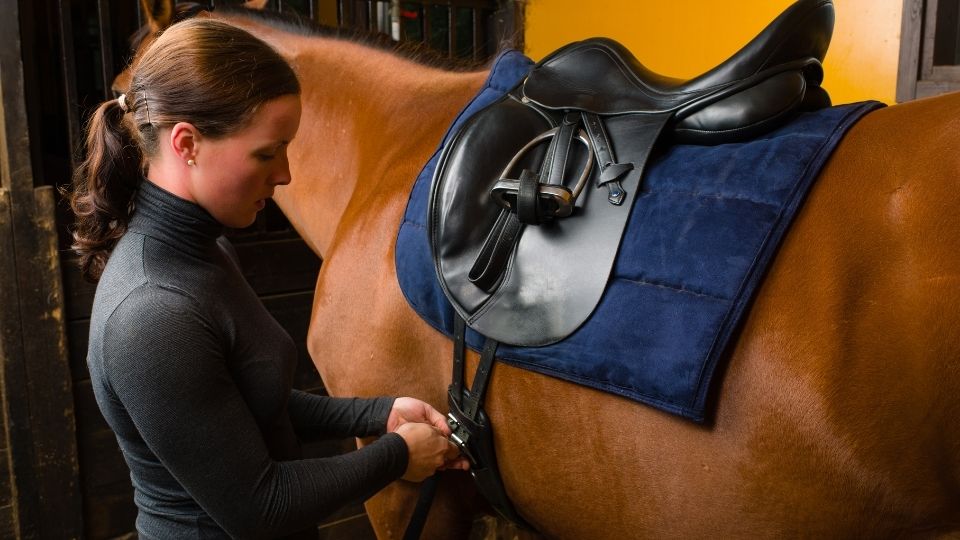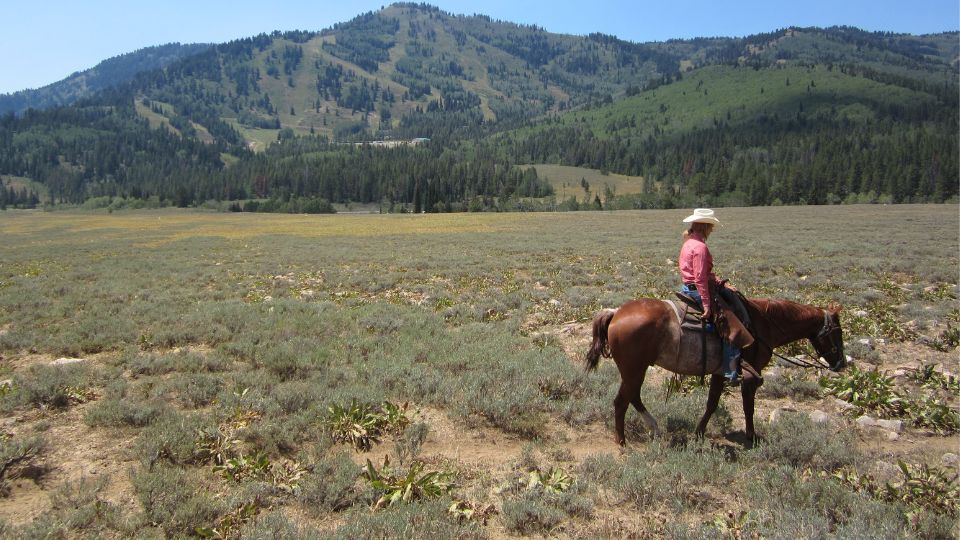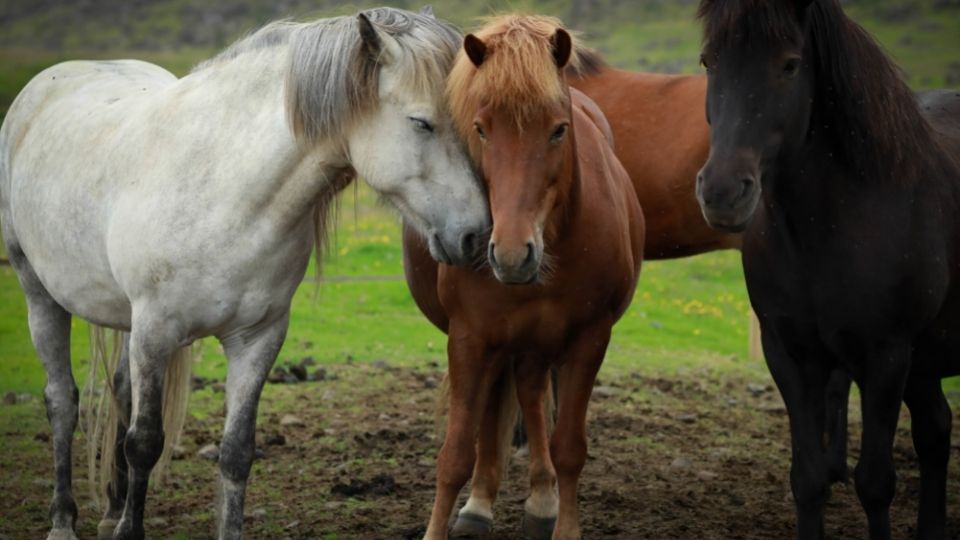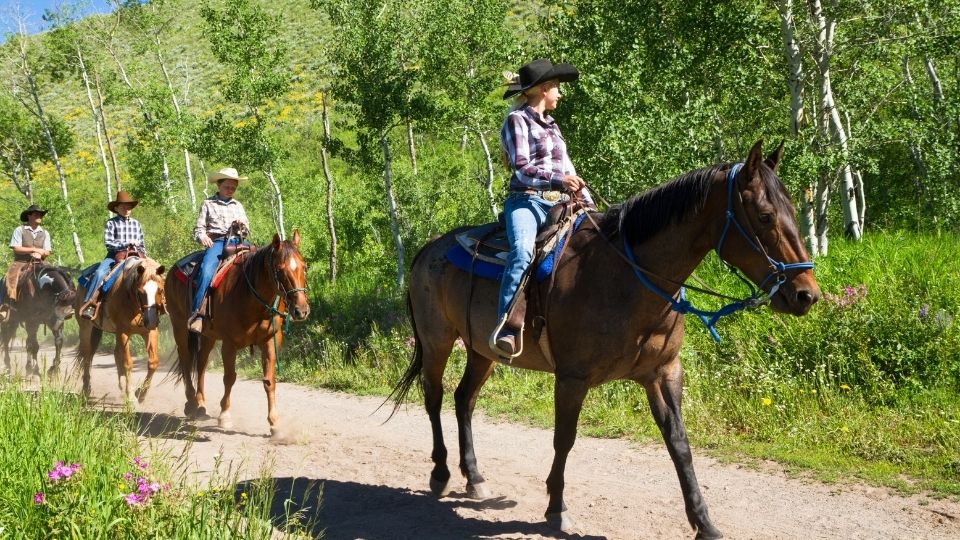Horse Safety: “It’s Just Good Sense”
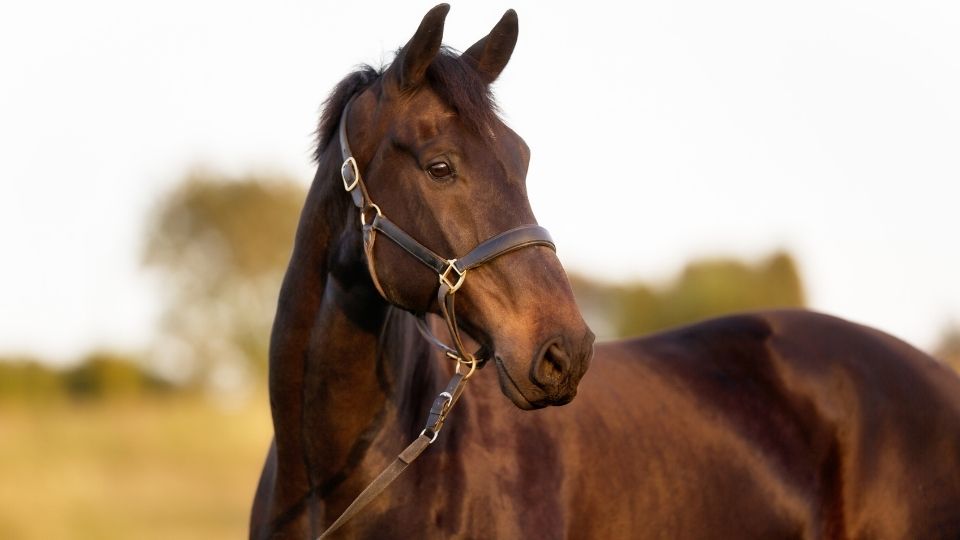
Utahns experience a significantly higher rate of horse related injuries than our counterparts in other western states. In Utah horses account for 58% of all documented agricultural injuries, and tend to produce more serious injuries than other causes. Horses most often injure persons by kicking or trampling them when dismounted, or when riders fall or are thrown. Though not all horse injuries can be prevented, there are practices that will help limit the potential risks.
Always consider the nature of the horse, it acts on instinct. Horses will attempt to escape or fight whenever threatened. Horses do not think, they react instantly to a threat. To reduce the risk of startling a horse always let the horse know you are there. Talk to the horse in calm even tones as you approach to announce your presence, and give the horse time to determine that your intentions are not hostile. Always maintain a calm and confident attitude around horses. Never lose your temper, or act nervous as the horse may interpret such behavior as a threat. Firm kind treatment is best when working with a horse.
Remember, horses, like most grazing animals, have a wide field of view, but can’t see directly behind. Never approach or stand directly behind a horse. Always approach a horse from the left front, and avoid placing your body in the path of a potential kick. (Think of the back of a horse as the muzzle of a loaded gun.)
When close contact with the animal is required, grooming for example, stay as close to the horse as possible. This will greatly reduce the force of a kick, as contact is made before the full power of the kick is developed. A horse kick is best described as an arc, there is much less energy at the start of the arc than at the end, when the hoof is moving fastest. However it is best to stay out of kicking range altogether whenever possible. When dismounted and holding or saddling a horse, stay near the horse’s left shoulder because this position affords the handler good protection from both front and rear hooves.
When working with the horse’s feet always position your body and head to the side of the leg. To lift a horse’s leg (to clean the feet for example), first run your hand down the entire leg, and gently lift the foot. Suddenly grabbing the foot may upset the horse.
Always keep the reins or lead rope short when leading a horse. Lead with the right hand, holding the rest of the reins or lead rope folded, not coiled, in the left hand. Never wrap a lead rope, reins or halter shank around your hands or other parts of your body. If the horse were to bolt it is likely that you would be unable to get free. Always lead from the left hand side of the horse keeping the horse’s head off your right shoulder. Never try to drag a horse. If the horse is properly broke to lead, then a quick tug on the lead rope is all that should be required.
When tying a horse select a sturdy object such as a post or well secured rail, so the horse can’t break free. Tie the horse high and short (about 18"), so the horse can’t get a leg over the rope. Tie horses using a slip knot so they can be untied quickly if they need to be moved quickly.
Before every ride, evaluate the horse to determine if the animal is fit to ride. Bad weather, injuries, fatigue, and the overall health of the horse should be considered before a determination of fitness can be made. Pay special attention to the horse’s feet. Are the shoes in good condition? Are the horse’s hooves long and in need of a trim? It is always a good idea to check for material that has built up between the hoof and frog, and to remove it with a hoof pick before riding. Doing this will improve the horse’s comfort and disposition.
As with the horse, the tack should be inspected before riding to ensure that it is in good working order. Buckles, straps, cinches, bridles, bits, and reins must work as intended, and be free of defects (such as dry rot) to ensure the rider’s safety. Avoid hasty repairs to tack, as they are seldom of satisfactory quality to be of use, and may give a false sense of security. The maintenance and repair of saddles, bridles, and rigging should not be put off until the next time they are needed. Always budget the time and resources needed to keep tack in top condition.
Always try to match the rider to the horse. Don’t put a greenhorn on a wild broomy. It won’t work and it is dangerous. Always consider the rider’s skill level. Novice riders need a gentle calm tempered horse. In addition, young and inexperienced riders need training and supervision.
Once mounted, the risk of falling or being thrown can be greatly reduced through proper horsemanship. Riding a horse is not a natural thing for the horse or the rider. Most falls happen because the rider was out of position in the saddle. The proper positioning of the rider’s legs while astride a horse is critical to maintaining a center of gravity close to that of the horse. This allows the rider to keep his or her balance while riding. Always adjust stirrups so the rider can keep his or her legs in proper alignment. Proper alignment is achieved when the riders shoulder, hip, and heel are in a straight line, and their heel is slightly down, with the ball of the foot resting in the stirrup. If both legs are in position then the proper saddle posture (back straight and lower back relaxed) is easy. An easy way to tell if a rider has a stiff lower back while riding is to watch the legs, if the legs move front to rear the rider needs to relax the lower back, so the legs move only side to side with the movement of the horse. Keeping your “seat” is the key to staying on the horse, and its importance can’t be over emphasized. Young riders especially should be taught to sit a horse properly, and be corrected if they develop poor saddle posture.
While riding, always pay attention to your surroundings. Inattentive riders are often surprised by a horse’s reaction to an unnoticed stimulus such as a bounding rabbit on the trail. Horses see and hear more than their riders and often react to things unseen by even seasoned horsemen. In addition riders must practice good judgment. Factors such as slope, footing, and obstacles should be considered when making a safe decision on where and how to ride.
Utah State University Extension
Peer-reviewed fact sheet
Pertinent Literature
- Parents Staff. (7/30/98) Horse Riding Safety Parents/Health/Safety. [On Line] www.nch.edu.au/parents/health/safety/safety31.htp
- Joerger, Dick; Sommers Christine; (10/96), Livestock Safety, Agricultural Health and Safety Newsletter.
Authors
Jill Webster Ph.D.,
S. Christian Mariger, Graduate Assistant
Agricultural Systems Technology and Education
Related Research


